Today's
CBS Sunday Morning was the annual "Design Issue," which spotlighted "innovative and iconic design in architecture, fashion, decorative arts and more." Here are some highlights and commentary.
Charles Osgood hosted the episode from
Columbus, Indiana, a town known for its density of 20th-century modern architecture by well known architects: Eliel and Eero Saarinen, Harry Weese, I.M. Pei, Kevin Roche, Edward Larrabee Barnes, Richard Meier, Hardy Holzman Pfeiffer, Gwathmey Siegel. Recently Eero Saarinen's Miller House
opened to the public, so Osgood spent most of the time inside it and on the Dan Kiley-designed grounds. When I lived in Chicago I made a day trip to Columbus, and while I was impressed by some of
the buildings I yearned for something bigger than the sum of their parts. The buildings basically acted as standalone objects, failing to interact with other in an attempt at a great urban assemblage. In this sense the landscape became very important, and I remember it as much as the buildings.

[Miller House and Garden | Courtesy of the Indianapolis Museum of Art]
The show's cover story contends that People in the U.S. Are moving back into cities, interviewing city booster Edward Glaeser -- author of the recent
Triumph of the City -- about the trend. Unfortunately the story conveniently mixes cities and suburbs together. They state that "about 250 million Americans choose to live in or around urban areas," only to confuse matters in the next sentence: "a far cry from all those years of folks fleeing to the suburbs." So apparently moving back into cities includes the suburbs, not necessarily a good thing if the point is greener living...which for the story it is, in terms of bucks, not reduced energy use and other benefits of true city living.
A story on doghouses highlighted a few recent designed for pampered pooches, including the one below by Trent Tesch of
KPF. The form mimics the movement of a dog getting ready to lie down.
Situ Studio aided in the design, and it echoes their
lobby contribution to One Jackson Square by KPF. The piece went a little further and included designs for cats and even a chicken coop (pronounced like co-op
by the designer) with floor-to-ceiling windows and other "amenities."

[One Jackson Square Doghouse by KPF | image
source (PDF)]
A piece on the
Extreme Golf Carts of
The Villages retirement community in Florida highlighted the souped-up versions of a few of the roughly 50,000 golf carts found in the community. In the process the place's unique "golf cart urbanism" was revealed, where residents can acceas just about every part of the community -- shops, offices, hospitals, and of course golf courses -- via the little vehicles. My parents actually live in The Villages, so I'm
familiar with its mix of suburbia, in the form of the winding streets an cul-de-sacs lined with houses, and New Urbanism, found in the pedestrian malls mixed with apartments, all overlaid with a network of cart paths. Needless to say the majority of the place is not as quirky as what's shown in this piece (if anything it's fairly homogeneous, given the limited house types, limits to personalizing the exteriors of houses, and the middle-income demographic), but the golf cart thing is helps elevate The Villages above a lot of sprawl found in the state and elsewhere.




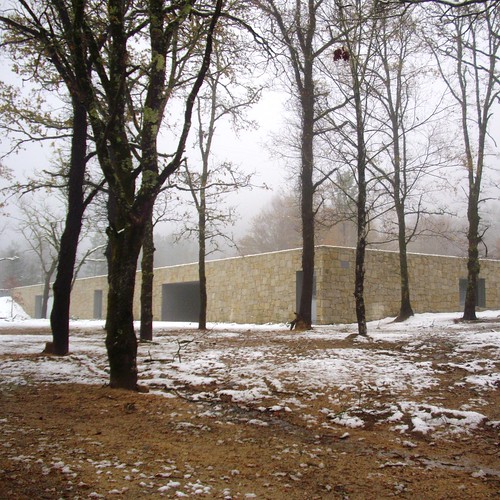















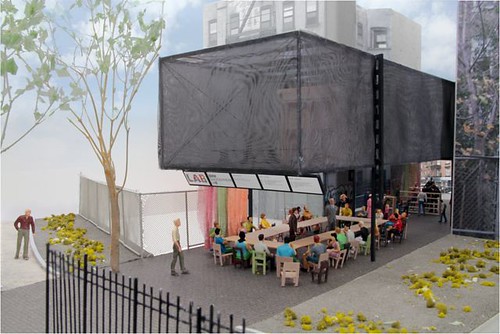









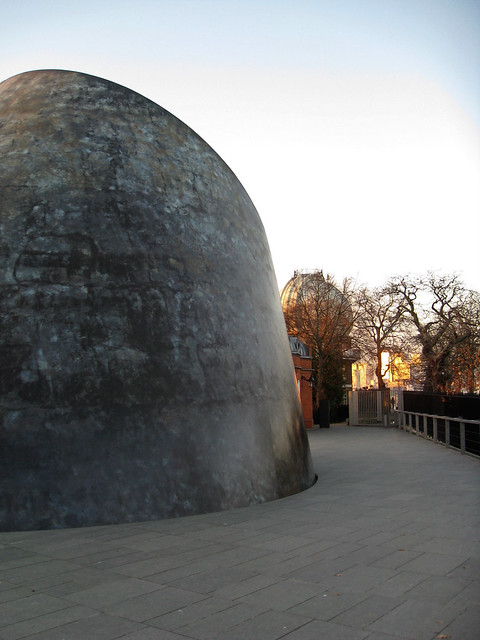

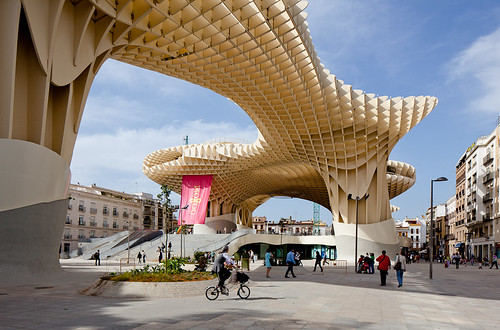



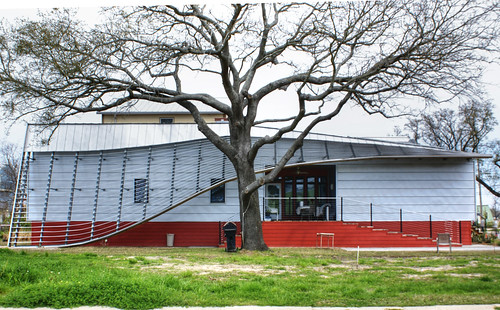




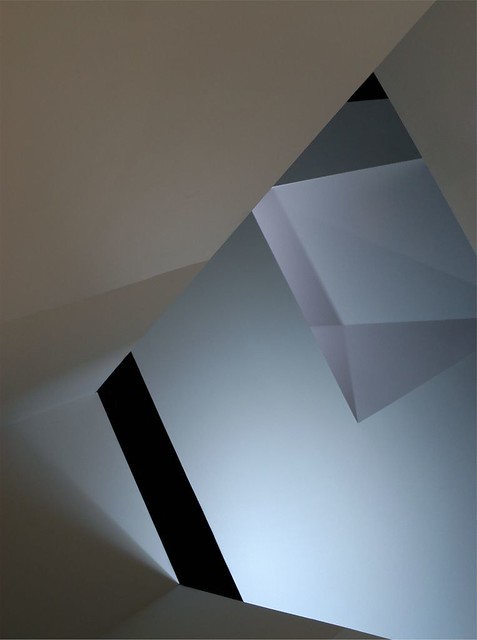
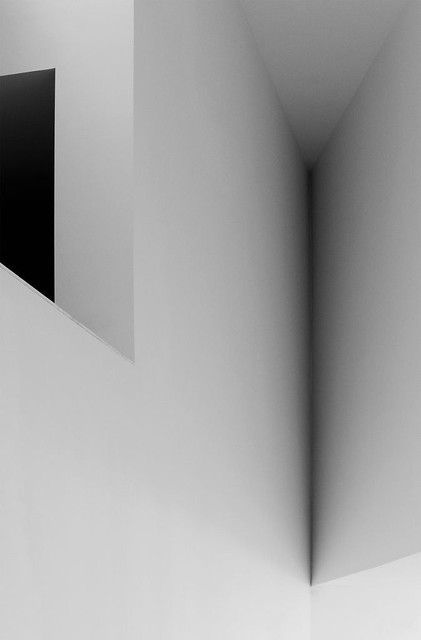

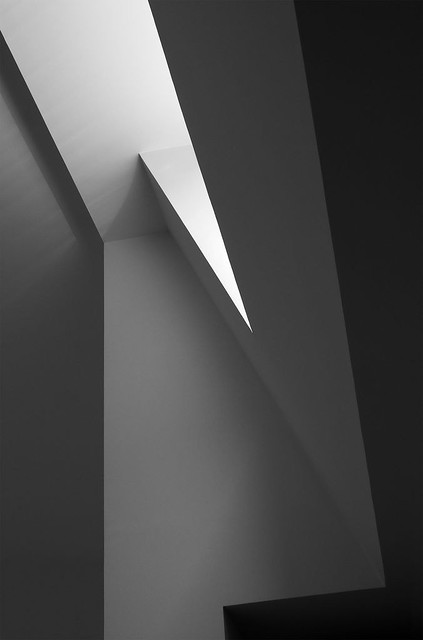
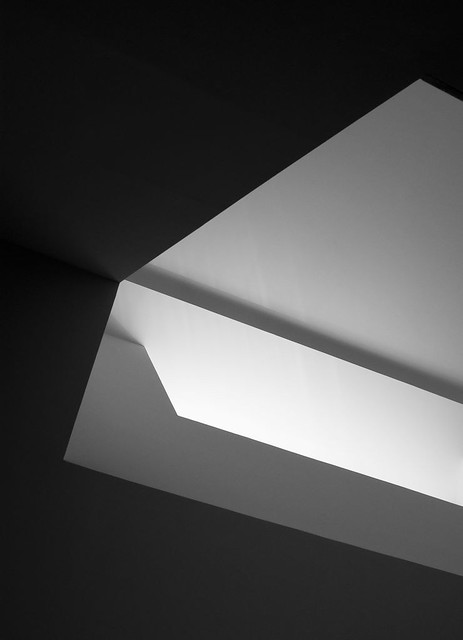


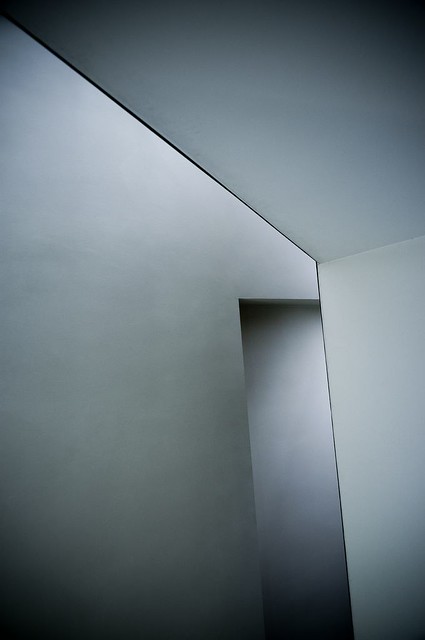
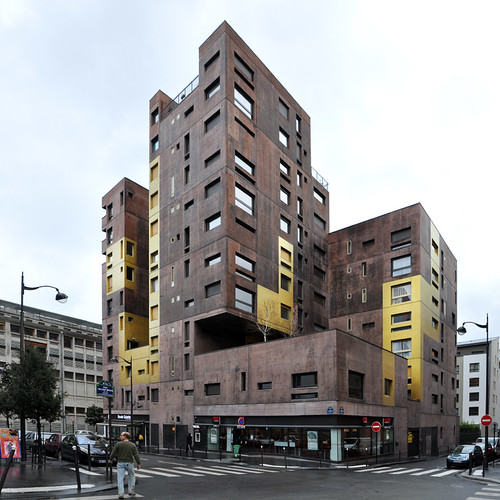
Museum of Geira in Portugal's Peneda-Gerês National Park by Carvalho Araújo, 2006. See more on the project at Europaconcorsi.